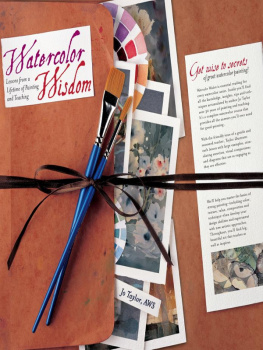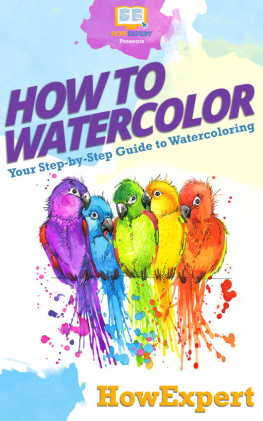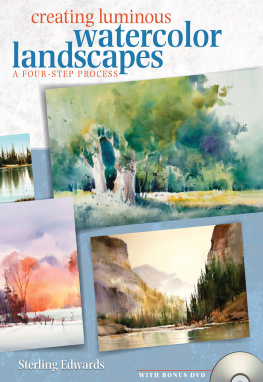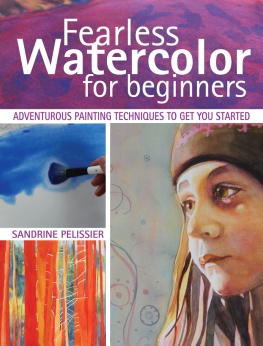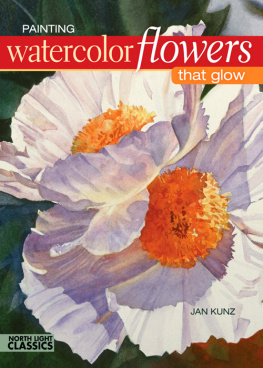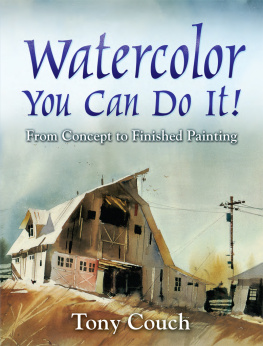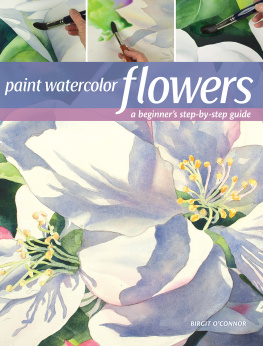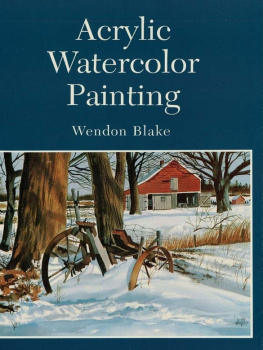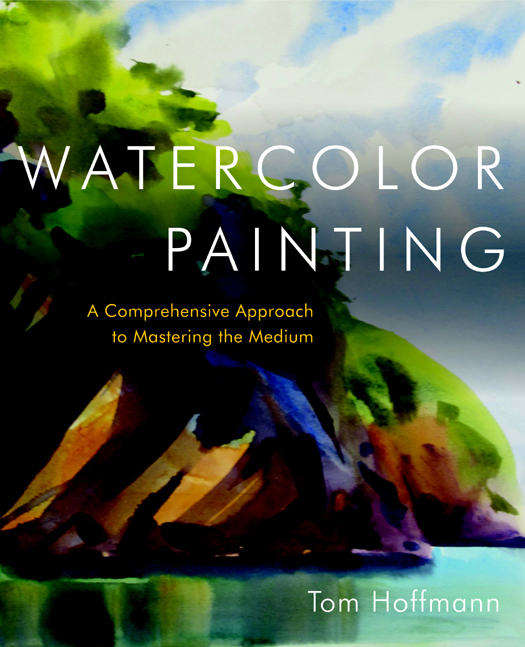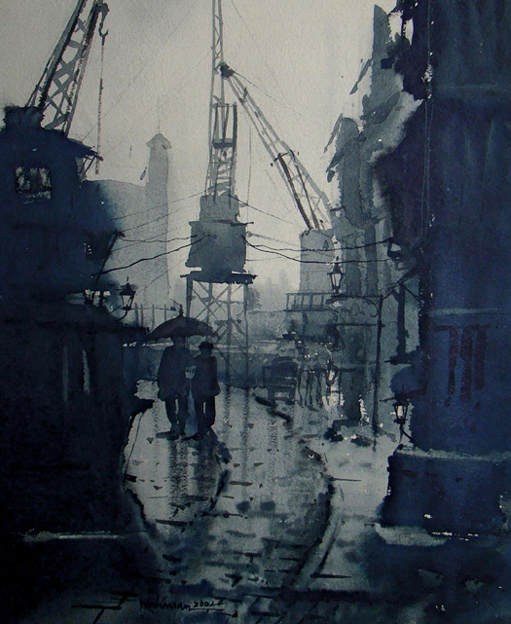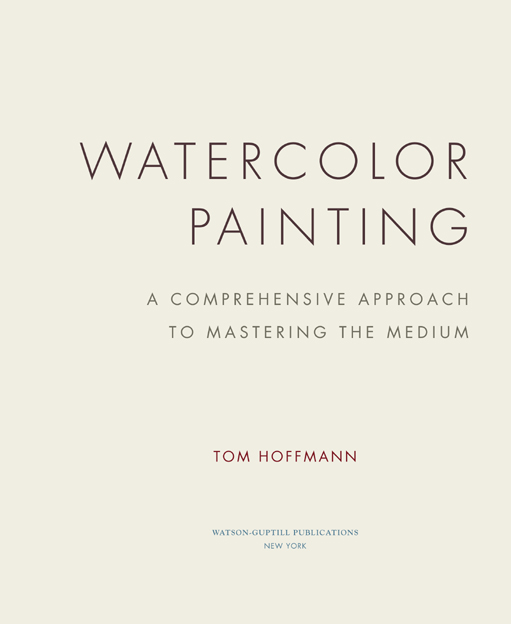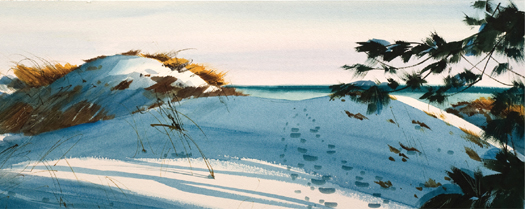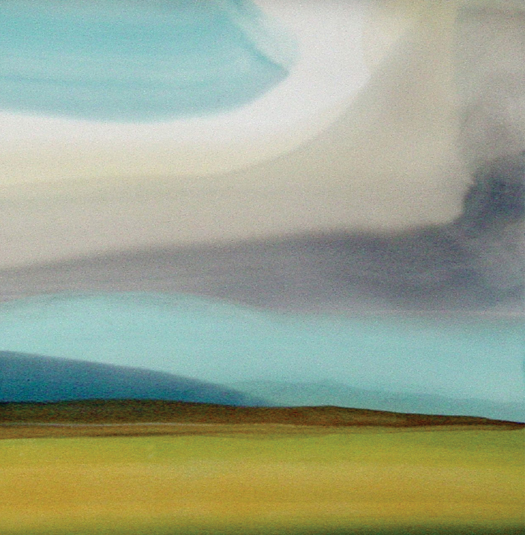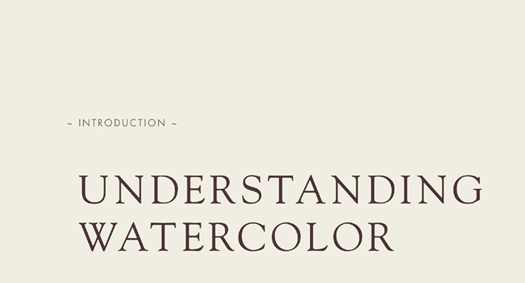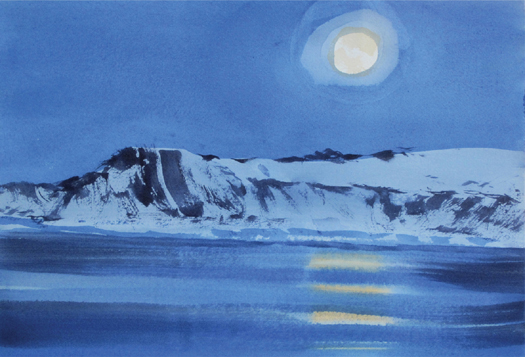
TOM HOFFMANN, WITHOUT US, 2010
WATERCOLOR ON ARCHES HOT PRESS PAPER
11 15 INCHES (28 38 CM)
Watercolor invites us to find a balance between form and content, where we can see the washes and strokes as paint and as subject matter at the same time.
Watercolor has always attracted first-time painters. Its look of ease and spontaneity makes competence seem within reach. It is more portable than other forms of painting, and the fact that it dries quickly promises immediate gratification. Above all, theres the gorgeous paint, fluid and transparent, with its potential to render convincing light with very little apparent effort. All these qualities make it practically irresistible. No wonder everyone wants to give it a try.
Why is it, then, that so many would-be watercolor painters give up and retreat behind an opaque medium, like oil or acrylic? What scares them away?
The same qualities that make watercolor so attractive also make it difficult to control, and even harder to correct. Most of us quickly discover that with fast-drying, transparent paint there is no place to hide. Uncertain strokes and attempts to disguise mistakes remain visible in the finished painting. What at first looked so easy and spontaneous turns out to require either a great deal of thought or phenomenal luck.
With opaque paint each stroke can be experimental, applied with a lets-see-if- this -works attitude. If its no good, you can scrape it off and try something else. Watercolor artists, on the other hand, have to apply the paint like they really mean it. No wonder it scares us away. Remember, though, that the oil painter and the acrylic artist did not get it right on the first try, either. Underneath the finished painting there are probably six or seven false starts. The only difference is that when watercolorists start over they have to reach for another piece of paper. So be it. Get used to using lots of paper, and while youre at it, make it good paper. You will have much better results on the real stuff.
Throughout this book a strong emphasis is placed on how to learn from your mistakes. The assumption, of course, is that mistakes will be made. Seeing failures as opportunities is a necessary first step toward rapid progress. As soon as you understand a problem in terms of the basic watercolor variables, you are halfway to a solution, but you cant move forward without sticking your neck out.
The key to taking the fear out of watercolor painting lies in knowing, within an acceptable range, what will happen when the brush touches the paper. The wider you can make that range of acceptable results, the more carefree your application of the stroke can be. While it is true that there are moments when sheer luck saves the day, more often a boldly applied, telling brushstroke is the result of considerable practice and thought.
The good news is that all this work need not be done every time you make a new painting. Some of it sticks, and eventually it becomes second nature. For instance, compressing the value range, as was done in the image opposite, helps keep the background where it belongs. After a few successes with that particular strategy it becomes part of your repertoire.
Add up enough experiences like this and soon many of your decisions are already made before your brush meets the paper. An experienced painter at work may appear to be reckless, but his progress is actually a series of choices based on years of thoughtful practice.
The feeling that brilliant watercolors should spring from a fountain of divine inspiration is a fallacy that leads to frustration. A virtuoso musician still needs to practice scales every day. Moments of total luck do happen, but it isnt wise to count on them. Carefree is not the same as careless.
The paintings I admire most have left room for the paint to assert its fluid nature, which means that the artist was not controlling every millimeter of its movement. Instead, when an artist makes conscious decisions in advance, he is much more likely to create an informed stroke, one that does not need correcting. A thoughtful approach leads to confident paint application, which in turn leads to that characteristic watercolor look of ease and spontaneity.


